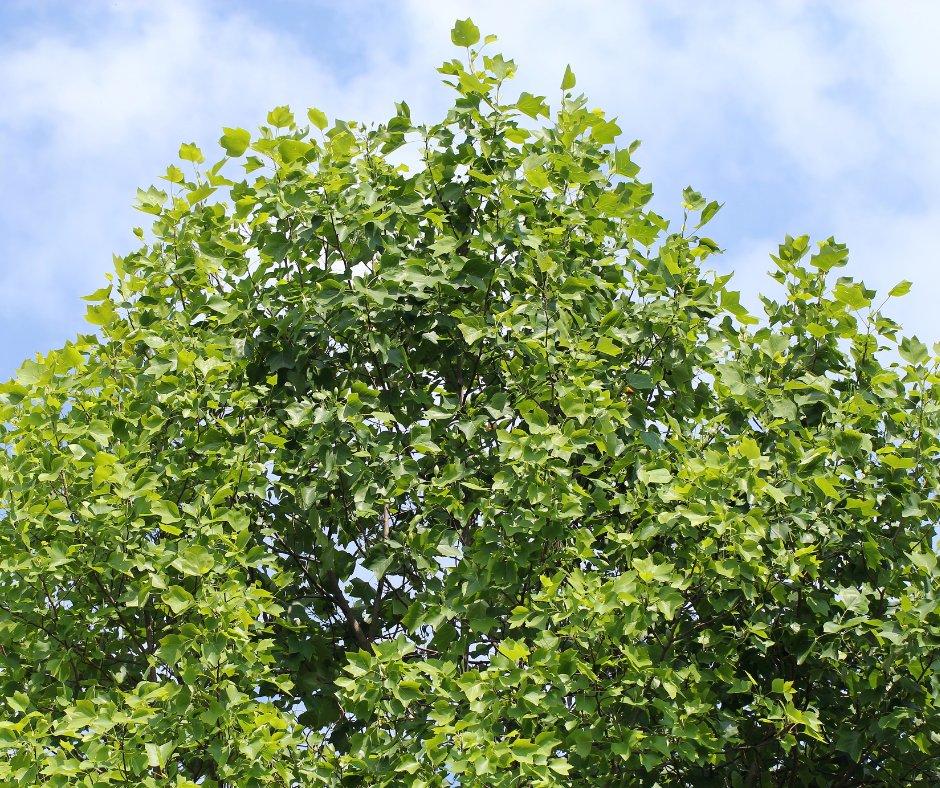Trees and Forestry
More

The Tulip Tree is the official Town tree, selected because it is native to the area. The Tulip Tree is known for its large tulip-shaped leaves and tulip-like flowers that bloom in spring. The Tulip Tree grows 80 to 100 feet tall and maintains a narrow oval crown as it ages.

Contact Us